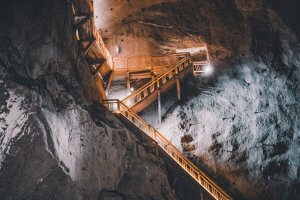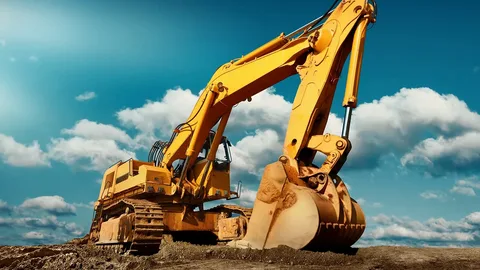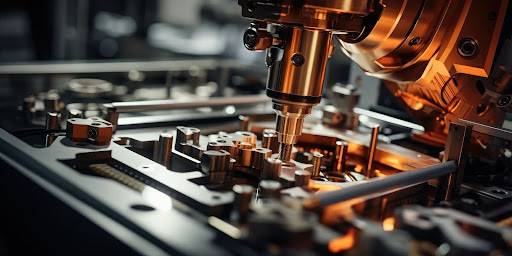
If you’re interested in the mining industry in Australia, you may be curious about the differences between opencut vs underground mining. While opencut mining is a surface-based mining technique, underground mining takes place beneath the surface. Both approaches have benefits and drawbacks, so it’s important to understand the fundamentals of underground mining if you want to have a clear grasp of how it operates.
Underground mining, at its most basic, is the process of removing precious minerals and ores from deep within the earth. This process is typically used when the minerals or ores being extracted are too deep to be accessed through opencut mining, which only involves removing the top layer of earth to access the minerals or ores.
Types of Underground Mining Techniques
As mentioned earlier, there are several different techniques used in underground mining, each with its own unique set of advantages and disadvantages. Some of the most common techniques used in Australia include:
Longwall Mining
This technique involves using a longwall machine to extract coal from a long, rectangular panel of coal that is several kilometers long and up to 400 meters wide. The machine is used to cut a slice of coal from the panel, which is then transported to the surface via conveyor belts. Longwall mining is typically used in coal mines, and it is known for its high productivity and efficiency.
Room and Pillar Mining
This technique involves creating a network of tunnels and using machinery to extract minerals or ores from the rooms created by the tunnels. The pillars left behind support the roof and prevent collapses. Room and pillar mining is typically used in mines that are not as deep as those where longwall mining is used.
Cut-and-Fill Mining
This technique involves drilling a vertical or inclined access shaft to the desired depth and then extracting the minerals or ores using a combination of drilling, blasting, and excavation. Once the minerals or ores have been extracted, the space left behind is filled with waste rock or tailings. Cut-and-fill mining is often used in smaller underground mines or mines with irregularly shaped deposits.
The choice of technique will be determined by a variety of factors, including the type of mineral or ore being extracted, the depth of the deposit, and the geological characteristics of the mine site.
Safety Considerations in Underground Mining

In underground mining, safety is a top priority, thus it’s necessary that both miners and mining corporations take precautions to reduce the risks involved. Some of the key safety considerations in underground mining include:
Training
Miners who work in underground mines must undergo extensive training to learn how to operate the equipment and work safely in confined spaces. This includes training on the use of personal protective equipment (PPE), such as hard hats, respirators, and safety glasses, as well as training on emergency response procedures.
Ventilation
Because underground mines are located beneath the earth’s surface, they can be prone to poor air quality, high levels of dust, and potentially dangerous gases. Proper ventilation is essential for maintaining good air quality and protecting miners from respiratory problems and other health issues.
Equipment Safety The equipment used in underground mining is often complex and powerful, and it is essential to maintain and operate it safely. This includes regular maintenance and inspection of equipment, as well as proper use of safety features such as emergency stop buttons and warning systems.
Emergency Response
Underground mining can be dangerous, and it is essential to have effective emergency response plans in place in case of accidents or other incidents. This includes training on emergency response procedures, as well as having the appropriate equipment and personnel on hand to respond quickly and effectively in case of an emergency.
Environmental Considerations in Underground Mining
In addition to safety considerations, underground mining also has potential environmental impacts that must be taken into account. Some of the key environmental considerations in underground mining include:
Water Management
Underground mining can impact groundwater resources, and it is essential to manage water carefully to prevent contamination and protect local water resources. This can include measures such as water treatment and recycling, as well as monitoring of water quality.
Waste Management
Underground mining can generate large amounts of waste rock and tailings, which must be managed carefully to prevent environmental damage. This can include measures such as tailings management facilities and waste rock storage areas.
Rehabilitation
After mining is complete, it is important to rehabilitate the site to minimize the environmental impact and restore the site to its natural state as much as possible. This can include measures such as re-vegetation and landform design.
Conclusion
Underground mining is important in Australia and presents unique challenges. By understanding its techniques, safety and environmental considerations, one can appreciate its role in the economy. Despite its risks, mining companies and regulators are making efforts to ensure safe and responsible practices.







